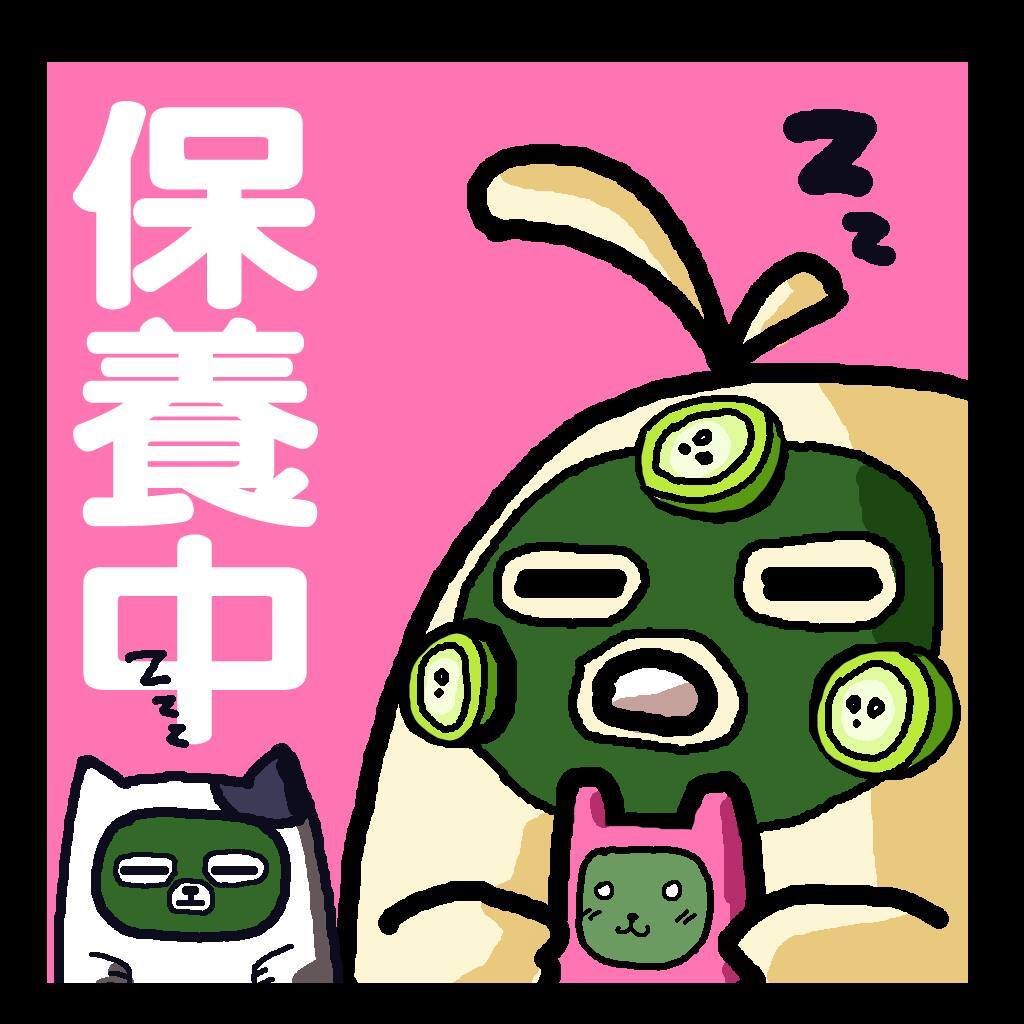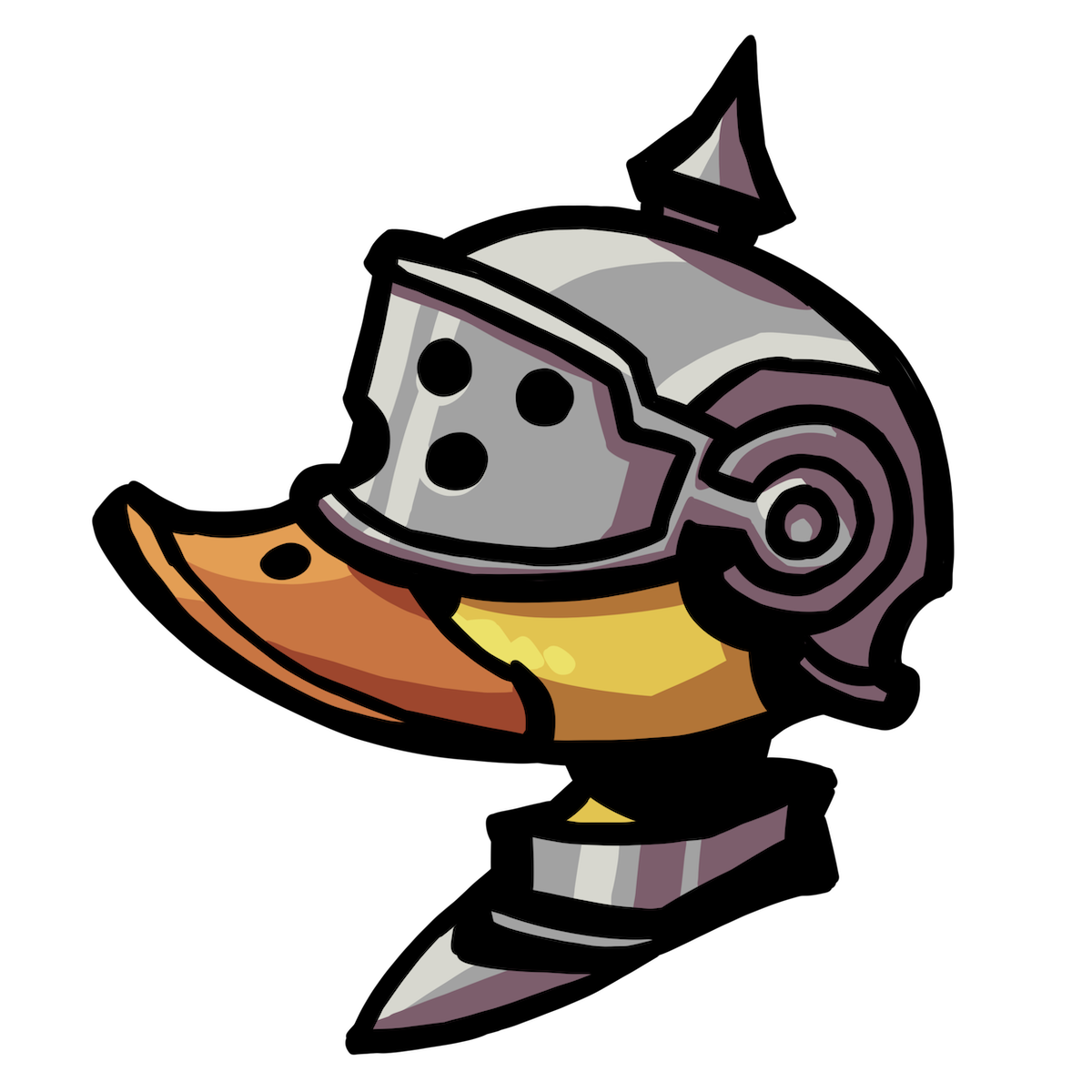台湾イラストの最前線がわかる!台湾画集『ARTISTS IN TAIWAN 2025』特別インタビュー内容を一部公開
pixivが全面監修し、蓋亜文化が出版する、台湾出身のイラストレーター・漫画家76名の作品を収録した画集『ARTISTS IN TAIWAN 2025』が2025年2月5日(水)に台湾で発売されました! 日本では3月27日より、pixiv公式BOOTHショップ にて予約販売開始予定です。
2021年と2022年に発行された『ARTISTS IN TAIWAN』に続き、今回の画集は、「次世代の才能を発掘する」をテーマに掲げ、2024年に開催された「pixiv台湾学生U22イラストコンテスト」の受賞作を含め、若手クリエイターの作品を多く収録しています。
表紙イラストは、イラスト・書籍装丁などさまざまな領域で活躍し、繊細なタッチと柔らかで情緒あふれる情景を描くことで知られるSay HANa氏による「花」です。
また、台湾と日本で活躍する新鋭イラストレーター・けんはる氏が本画集のために特別に描き下ろしたイラスト「輪投げで当たった店主の猫」も収録しています。光と影の表現が印象的なシーンで、賑やかで生き生きとした台湾の夜市ではしゃぐ女の子が描かれています。
巻末には、台湾と日本のイラスト・マンガ業界の方々による特別インタビューを掲載しています。
業界内外、さまざまな視点からクリエイターの育成について語っているので、クリエイターを目指す人にとって、実践的で役立つ情報が満載です。
本記事では、収録されている3本のインタビューの一部を抜粋してご紹介します!
芸術関連学科と未来の産業発展のトレンド
ひとつめの対談のテーマは「芸術関連学科と未来の産業発展のトレンド」です。
お話しいただいたのは、国立台湾芸術大学 視覚伝達デザイン学科の主任であり、産学育成センター長を務める陳光大主任と、台湾芸術大学 書画芸術学科卒業後、現在はKUDOSシンガポール支社のマネージャーとして、「リーグ・オブ・レジェンド」や「レジェンド・オブ・ルーンテラ」などの世界的に展開されるゲームのコンセプトデザインおよびプロダクト開発を担当するLOIZA氏です。
進路に悩む学生さんはもちろん、どんなクリエイターになりたいかを悩む方にとっても参考になる対談となっております。
※以下、インタビュー内容では陳光大主任を「陳先生」、LOIZAを「L」として表記します。
── プロのクリエイターになるには、芸術大学にいくことが必須でしょうか?また、どのような学生が芸術大学に向いていると思いますか?
L:芸術大学では創作だけでなく、人とのコミュニケーションの大切さも学びます。 なぜなら、芸術大学はクリエイターだけでなく教育者を育成することも役割だからです。
創作を論理的な言葉で説明する力を学べます。「なぜこのように描くのか?」「そのインスピレーションの源は何か?」授業では、習得した知識を活用して、こうした情報を論理的に説明する訓練をしていきます。
現在、私の仕事でもこの力は重要になっています。例えば、クリエイターはクライアントに対して「このデザインがなぜこうなっているのか?」「市場における魅力は何か?」を説明する必要があります。
芸術大学と独学の違いは、何百年もの歴史的背景を継承したこうした知識を学べることです。これらの知識は、現代の創作において貴重なインスピレーションの素材となり、より良い作品へとつながります。
── 近年のイラスト・ビジュアルデザイン業界の発展について、どのように考えていますか? 過去とはどう違い、未来はどうなっていくと思いますか?
陳先生:多くの人は、視覚伝達デザインの範囲をグラフィックデザインのみに限定して考えがちですが、実際にはそれだけではありません。
以前のデザイン教育の理念は分野ごとに細分化されており、たとえばプロダクトデザインとインダストリアルデザインはそれぞれ独立し、専門性を深める方向に進んでいました。しかし、現在のデザインの潮流は、異なる専門分野を統合し、新たなデザイン価値を生み出すことを重視しています。
私は、異分野の融合を試みる実験的なアプローチや、教育改革を通じて、学生が多様なスキルと広い視野を持てるような環境を作りたいと考えています。それによって、デザインの未来により多くの可能性を生み出したいです。
例えば、私の研究生の一人は伝統的な商業空間を没入型体験の場へと変えるデザインの研究を進めています。
このような実験的なデザインは、単に空間のインタラクティブ性を高めるだけでなく、視覚伝達デザインをブランドデザインや空間デザインと結びつけ、新たな価値を創造する可能性を生み出しています。
L:単一に特化した技能だけでは、今後は厳しくなると思います。
多くの人が「絵を上手く描けば稼げる」と考えていますが、それは完全に誤解です。業界で生き残るための鍵は、単に絵が上手いことではなく、統合的な視点を持つことです。
情報を整理・統合し、作品の市場価値を高めるための知識も必要です。
単なる技術者ではなく、異なるスキルを持つ人々をつなぎ、限られた時間内で安定したクオリティの作品を生み出せる「統合者」になることが、今後のキャリアの鍵になるでしょう。
このようなチームコラボレーションの考え方は、すべてのアーティストが今後考えるべきことだと思います。
最近、多くのスタジオが人員削減を行っています。
特に、技術に特化した人材が最初にリストラの対象になる傾向があります。
私の観察ではAI技術の進化により、単一技術職の影響が最も大きく、特にイラストレーターへの影響が顕著です。
業界のトップ層でない限り、ミドルクラスのクリエイターは技術の転換を迫られる状況に直面するでしょう。
そのため、私はこれからの時代に必要な人材として、複合的なスキルを持つ人材や創造的な視点を持つ人材をより重視しています。
また、プロジェクトや商品に対して高い情熱と独自の視点を持つ人が、今後の業界で中心的な存在になっていくと思います。
私たちのチームでも、こうした人材の育成や採用を最優先で進めています。
だからこそ、勇気を持ってさまざまな人と出会い、新しいことに挑戦し冒険してみてください!
── これからアートやデザインの道を目指す学生に向けて、アドバイスとエールをお願いします。
L:自分の夢に正面から向き合い、それを実現する勇気を持つことが大切だと思います。
夢は、単なる理想ではなく、自分の心の中で目指すべきビジョンとなり、強い信念として成長の糧になります。この核心となる価値観が、自分の進む方向や選択基準に影響を与え、進むべき道を示してくれるのです。
例えば、あなたが尊敬するアーティストがいるなら、その作品に触れ、目を鍛え、美的感覚を磨いていくことが重要です。最初は手が思うように動かず、理想と現実のギャップを感じることもあるでしょう。しかし、目標が明確であれば、どうすれば改善できるのかを考え続けることができます。時間をかけて積み重ねることで、確実に前進している実感が得られるはずです。
また、この核心価値は、自分の「舵取り役」となり、迷ったときに道を示してくれます。決断を迫られたとき、ぶれずに理想の目標に向かって進めるかどうかは、心の奥底に持ち続ける夢が支えになるかもしれません。
だからこそ、私はいつも自分に問いかけています。「私の夢は何だろう?」と。
陳先生:私からのアドバイスは4つです。
一つ目は好奇心を持ち続けること。さまざまな方法で自分の考えや創作を表現する勇気を持ち、失敗を恐れないこと。試行錯誤の繰り返しこそが、成長への道となります。
二つ目は視野を広げ、日常を観察すること。日常生活は創作のインスピレーションの源です。身の回りの細かなディテールに目を向けることで、新しいデザインの発想が生まれることもあります。また、私は学生によく「留学や海外交流の機会を活用し、異なる文化や社会を観察することで、世界への理解を深めよう」と勧めています。これらの経験は、作品に深みや広がりをもたらします。
三つ目はデザインの本質と意義を考えること。デザインの本質は、その背景にある「ストーリー」や「社会・文化との結びつき」です。近年では、視覚デザインだけでなく、サービスデザインやソーシャルデザインなどが注目されており、これらは社会の課題を深く観察し、理解することから生まれます。
四つ目は仲間との交流を大切にすること。ワークショップや展示会、デザインコンペなどに積極的に参加し、同じ志を持つ人々と交流し、互いに刺激を与え合うことが大切です。こうした機会はネットワークを広げるだけでなく、新たなインスピレーションを得る場にもなります。
大切なのは「自信を持ち、目標を貫くこと」です。デザインの道は決して平坦ではありません。しかし、明確な目標を持ち、一歩一歩進んでいけば、振り返ったときに自分の成長を実感できるはずです。挑戦し続けることで、あなたの旅は充実したものになり、多くの素晴らしい経験と出会いが待っているでしょう。
ネットイラスト講座と学校の美術教育の違い
ふたつめの対談のテーマは「ネットイラスト講座と学校の美術教育の違い」について。
元智大学情報伝播学科を卒業し、現在は「Krenz’s Artwork」の創設者兼メイン講師を務めるKrenz先生、成功大学工業デザイン学科に通って、現在「Krenz’s Artwork」にて透視図法講座のメインアシスタントを務める皓程先生(Howard Hsu) との対談です。
※以下、インタビューでは KはKrenz、HはHoward Hsu を指します。
── 独学の方法と、美術の正規教育の違いは何ですか?
H:私が思うに、独学と正規の美術教育の最大の違いは「学び始める際のハードルの高さ」です。例えば、美術大学に進学する場合、幼い頃から芸術教育を受けている人ほど有利であり、後から入ろうとするとそのハードルはどんどん高くなります。
美術系の学校に合格すれば、確かに体系的で本格的な芸術教育を受けることができますが、一方で、3~4年間の集中的なカリキュラムに縛られることになり、「やっぱり違う」と思ったときに方向転換するのが難しいというデメリットもあります。
一方、オンライン講座や独学は、始めるハードルが低く、やる気があれば誰でも学べる環境が整っています。しっかりノートを取り、授業を聞き、課題をこなせば、それなりの成果を出すことができます。
また、まず試してみて「本当に絵を描くことが好きなのか?」「もっと深く学びたいのか?」を確認できるのもメリットです。それで本格的に学びたいと感じてから、講座を増やしたり、専門的な講座を活用したりすればいいでしょう。
オンライン講座は、正規の芸術教育を受ける機会がなかった人でも、柔軟に学べる選択肢を提供しているのが大きな特徴です。
── 近年のイラスト業界の発展について、どのように考えていますか?クリエイターはどのように対応すべきでしょうか?
K:今、世界的なSNSプラットフォームを見ていても、多くのアーティストが「資本がAIを採用し、人間の仕事が奪われるのでは?」と不安を感じているのが分かります。
ゲーム会社やアニメスタジオなどの企業に所属するアーティストの場合、仕事と個人制作を切り離して考えているため、仕事の部分は業界の変化に適応しながら進めています。
一方で、イラストを「セルフメディア」や「個人ブランド」として活用する人たちも増えています。
この後者のタイプの人たちは、業界の変化に関係なく、安定して仕事を受けることができ、収益源も特定の企業やクライアントに依存しないため、大きな影響を受けにくい傾向にあります。
逆に、案件に依存して生計を立てているアーティストは、今後厳しい状況になる可能性が高いです。
また、イラスト業界に入りたいと考えている人たちも、今の状況を見ながら慎重に判断しようとしているように感じます。「何か大きな変化が来ている」と分かってはいるものの、具体的にどう動くべきか分からず、迷っている人も多いのではないでしょうか?
私が考える理想的な方向性としては、イラストを単なる作品ではなく、「個人ブランドの象徴」として確立し、デジタルコンテンツとして収益化していくことです。クリエイター自身が、絵以外にも価値を生み出せる要素を持ち、消費者に認識されるようになることが重要だと思います。
H:AIの影響は確かに大きいですが、私はやはり作品そのものの価値を重視しています。そもそも、新しい技術が絵の一部の機能を置き換えるというのは、昔からあったことです。例えば、写真技術が発明されたことで絵画の役割が変わり、3Dモデリング技術の発展で透視図の手描き作業が減りました。
では、「手描きの透視図を描く必要はもうないのか?」と言われれば、機能的には不要かもしれませんが、それだけではない価値があると思っています。
絵には「描く人の思考や精神」が込められています。透視図を手描きで作成すると、その過程にアーティストの個性や意図が表れます。しかし、AIには「作画プロセス」がなく、ただ結果だけを生み出すものです。私が計算しながら透視を描くプロセスそのものが、AIや3Dモデルとの大きな違いであり、そこに私自身の価値が加わるのです。
── これからイラストを仕事にしたい人へのアドバイスをお願いします。
K:まず、イラスト業界には「資本に依存する道」と「個人として活動する道」の2つがあることを理解しておくべきです。
資本の道(企業就職)の場合、ゲーム会社やアニメ制作会社のように、明確な基準や枠組みが存在します。例えば、アニメーションを作るには一定の知識が必要で、技術的な基準をクリアしなければなりません。
この業界では、AIや新しいツールが業務の一部として組み込まれることもあり、それに適応していく必要があります。
一方で、個人イラストレーターの道もあります。業界では「イラストレーター」と「コンセプトアーティスト・原画師」は異なるカテゴリーとして扱われます。もしイラストレーターを目指すのであれば、セルフメディアを活用し、イラストを「表現手段」として確立することが大切です。
「どこまで技術を磨けばいいのか?」と迷うこともあるかもしれませんが、必ずしも完璧に上手く描ける必要はなく、「自分が伝えたいことを表現できるレベル」まで学べば十分です。
最も重要なのは、「目標を明確にし、方向性を見失わないこと」です。
目標をしっかり定めることで、無駄に遠回りすることなく、自分の進むべき道を見つけられると思います。
H:社会に出て仕事を始めると、使える時間が大幅に減ります。創作の時間が少なくなる中で、どうやってスキルを磨いていくかが大きな課題になります。だからこそ、「学ぶべき方向性をしっかり決め、そのために真剣に時間を使うこと」が大切です。
今のうちに自分の時間をしっかり活用しないと、後になって時間が取れなくなったときに、さらに学ぶのが大変になります。
「今、どれだけ時間を大切に使えるか?」が、将来の成長に大きく影響するので、ぜひ意識してみてください!
台湾漫画を日本へ展開する際の挑戦
みっつめのテーマは「台湾漫画を日本へ展開する際の挑戦」について。KADOKAWA グローバルコミック部 部長兼海外事業局 エグゼクティブプロデューサーの瀬川昇氏と、蓋亜文化(Gaeabooks)漫画部編集長の李亞倫氏との対談です。
※以下、対談では瀬川昇氏を「瀬川」、李亞倫氏を「李」 と表記します。
── どんなきっかけで台湾の漫画を日本で紹介することになったのでしょうか
瀬川:台湾でGaeabooksを訪問した際に、手がけているオリジナルの漫画タイトルをいくつか読ませてもらいました。その中で、日本で翻訳出版として刊行したいと思ったものを契約して出版をした実績があります。その中でも、台湾の有名宮廷ホラーを題材にした『守娘』という作品が日本で人気を博していて、この前重版がかかりました。日本でも紙本市場はシュリンクしてますので、海外作品が重版をするのは珍しいことでした。Gaeabooksさんは台湾の中でもちゃんとオリジナルを編集している数少ない会社ですので、その辺りはGaeabooksさんに発掘は頼っているところはありますね。
李:蓋亜文化は最近東京オフィスを開設し、KADOKAWAとの共同プロジェクトや、さらに多くの作品を日本にライセンス提供する計画を進めています。
── 日本で海外の漫画を広めるにはどうしたらいいのでしょう
瀬川:ただそのままでは売れないんです。海外の作家が日本っぽい漫画を描いても、クオリティで負けることが多いんです。例えて言うと、最もライバルが多い土俵で戦うわけですから。ですが、『守娘』のように、その国特有の題材とか文化とか設定、キャラクター、いわば「その国の個性」を打ち出した作品にチャンスがあると思うんです。なので、広め方っていう意味でいうと、異文化を打ち出すような宣伝をしています。そうすると、日本の読者も気になって読むんです。17世紀の台湾の実際にあった宮廷ホラー漫画って読みたくなるじゃないですか。
理解しづらいということはありません。ただ、作品を形容するジャンルの話でもあり、ホラー、ってとてもわかりやすい。アメリカ人でも日本人でも「あ、怖い話なんだ、じゃあどんな怖い話なんだろう。台湾で実際にあった宮廷の怪談なのか」、と気持ちがすぐに動きやすい。だからそこだけを抽出して打ち出したんです。他の作品だと日常ストーリー系が多いのですが、印象がほわっとしていてジャンルを形容しづらいので。
例えば、Gaeabooksと協力して出版した『送葬協奏曲』は、葬儀の物語、つまり日本で言う「葬儀師」をテーマにしており、主題が非常に明確です。物語の語り口やキャラクターの魅力がややぼんやりしている部分もありますが、「台湾の葬儀業界のリアルな姿」を前面に打ち出す方向性は正しいと考えています。
── 台湾と日本の漫画業界は今後どのように発展していくいいでしょうか
李:私たちの最大の目標は、台湾の漫画業界に健全なサイクルを生み出すことです。正直なところ、現在の台湾市場だけでは、漫画家に十分な原稿料を支払うのが難しいのが現状です。
そのため、多くの漫画家が政府の支援や助成金に依存しており、それが業界の成長を妨げる原因にもなっています。
助成金に頼りすぎると、「補助金があるから大丈夫」という考えが定着し、業界全体の向上心が薄れる可能性があるのです。また、もし助成制度がなくなれば、業界は深刻な打撃を受けるでしょう。
そのため、私たちはKADOKAWAなど日本の出版社との協力を通じて、日本市場に直接進出し、台湾の漫画業界が純粋に漫画の売上で利益を生み出せる環境を作ることを目指しています。
私は台湾の漫画家たちは非常に才能豊かであると信じています。だからこそ、自分の実力を信じ、良い作品を描く努力を続けてほしいと思います。
瀬川:台湾で台湾発のヒット漫画を作る試みは、実際に今取り組んでいて、11月9日にBOOK☆WALKERで台湾向けに作った作品を5つ連載開始するんです。
今は日本の漫画家に連載して頂いているのですが、次は台湾の漫画家に連載してもらったり、最終的には台湾の編集者×台湾漫画家×日本の編集者、のような形も見据えていきたいです。おこがましいですけど、台湾の漫画のレベルを上げて、世界的なヒットを出す、というのを1つミッションとして、KADOKAWAとして取り組んでいるので、そこを目指していきたいですね。
絵を描くのが好きな方はいっぱいいると思うんで、そのまま漫画を描き続けてくれれば、描いた量は本当に嘘をつかず、バンバン上手くなるので、たくさん描いて、そしたら編集者は必ず見つけるので。
以上は本画集のインタビュー内容の一部抜粋です。さらに詳しい内容や、その他の魅力的なインタビューは、ぜひ『ARTISTS IN TAIWAN 2025』でご覧ください。
本書は、巻末のインタビュー部分を除き、すべて繁体字中国語と日本語の対訳形式で収録されており、日本の読者の方にもお楽しみいただけます。
【販売サイト】
日本:
pixiv公式BOOTH
台湾:
誠品線上
博客來
金石堂
【《ARTISTS IN TAIWAN 2025》概要】
刊行日:2025年2月5日(水)
頁数:176ページ
言語:繁体字/日本語併記(巻末のインタビューページを除き)
定価:550元(3,250円)
判型:B5変形(190mm x 260mm)
印刷:フルカラー・表紙箔押し
出版社:蓋亞文化
【参加イラストレーター・漫画家一覧】
Ahoi(厚子)/Atha/BARZ/BiBiRoM/CB/CLEA/Eli Lin 依萊/ErA/Howard Hsu /LOIZA/MAE/ Matomato / Mi'yuki / MN / Ning Lu / Nofi / Nuomi 諾米/ Paula Hsu / PETER MANN / RAKI / SayHANa 林花/ VOFAN/Wei Yi/Yong詠/Zazie Zia/けんはる/小油画 Little Oil Art/尹先/天之火/日下棗/王葳/田中米飯/ 艸肅 Tsaosu /艾莉柚 Aliyo /虫羊氏/佐佐/岦木/空罐王/花信/阿歾/阿寶灰灰/阿飄/庠隱/紅唇 Juunn /韋 蘺若明/島澤/海上漂流木 /HSPLM /茜 Cian /茵 Fengyin /欸恩波/烯/雪歌草 / 雪玉子/凱子包/渣子 JAZ /酥 米/矮柯 Echo /雷音/瑪魯/寬片片/廢 廢/蝶羽攸/墨攸築/趨光性植物/雙貓屋(大小喵)/藥島/飄緹亞/ 蘿蔔/變種水母/鸚鵡洲/ M.F 音樂飛翔/ pooopoday /三年生/立青/俞璟/負八/烏麻麻








